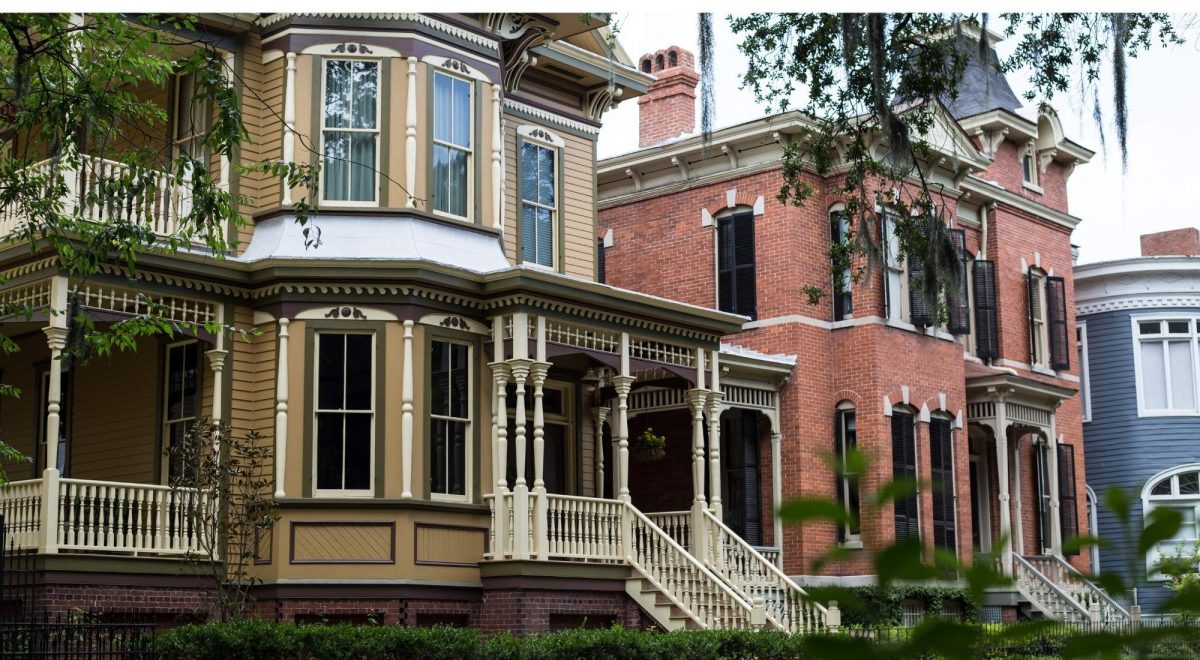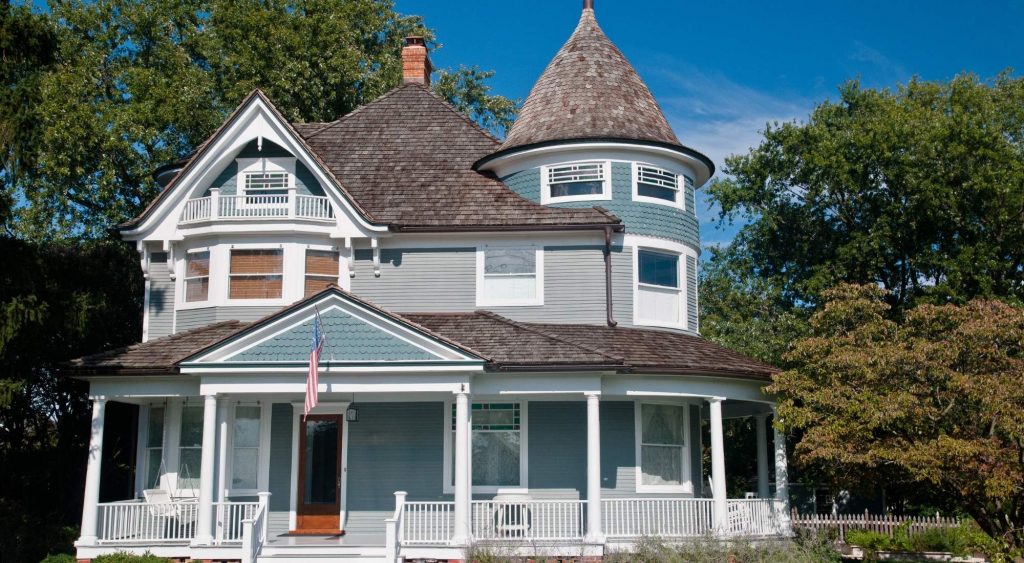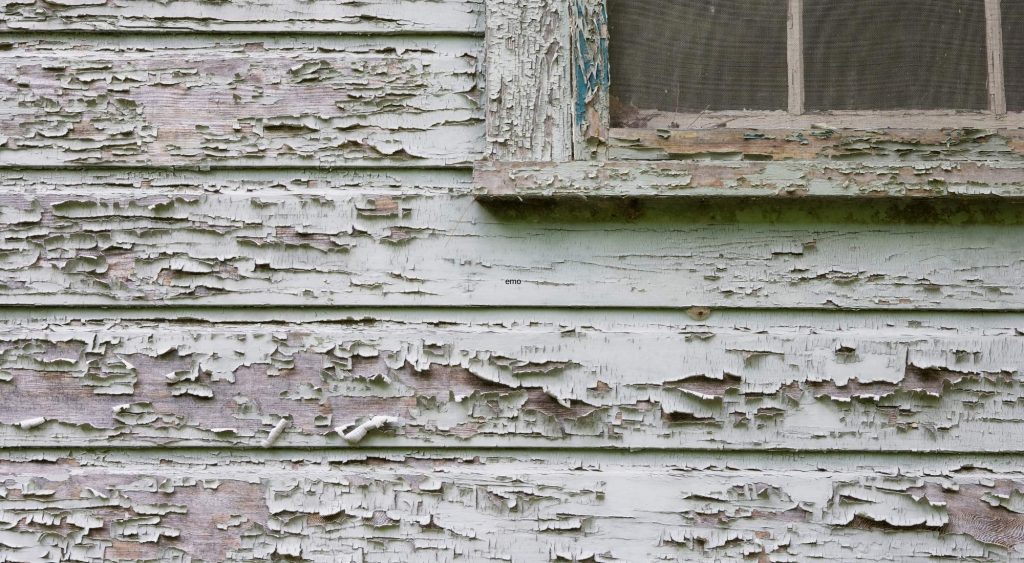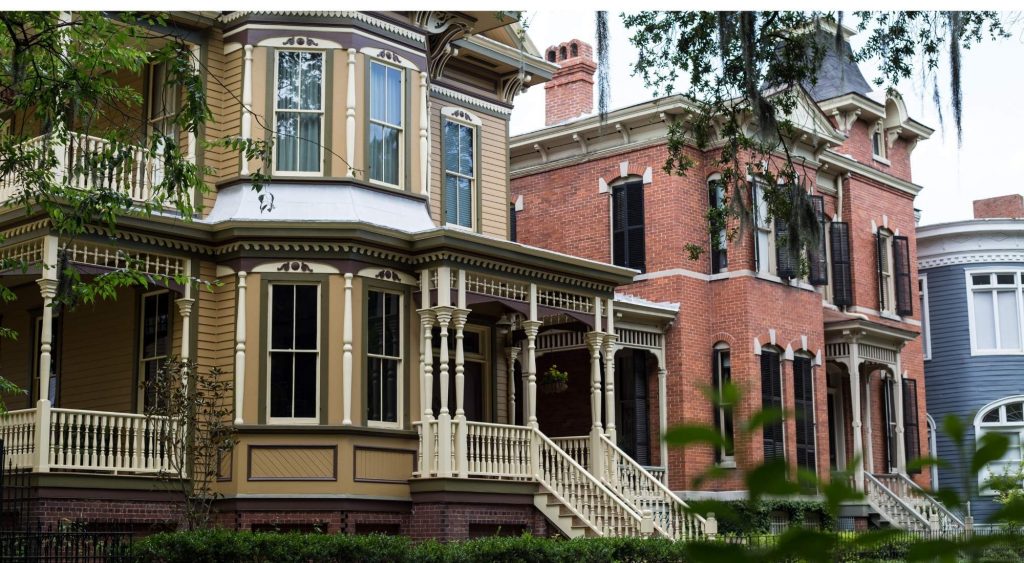Have you thought about removing the paint on the outside of a historic building but are unsure of where to begin?
Do you feel overwhelmed with all the options for paint removal tools at the home repair store?
Are you concerned about damaging the outside of a building you love?
Attempting to remove paint without learning the correct method could damage the building. It is, however, possible to successfully remove the exterior paint from your home using the proper techniques and tools.
In this article, you will learn:
- Methods of paint removal for historic wood
- Methods of paint removal for historic brick; and
- Factors to consider when determining the best historic paint removal method
Table of Contents
- Historic Paint Removal: Wood Structures
- 5 Methods of Paint Removal for Historic Wood Structures
- Historic Paint Removal: Brick Structures
- 2 Methods of Paint Removal for Historic Brick Surfaces
- 3 Factors to Consider When Determining the Best Historic Paint Removal Method for Your Historic Building
- A1 Paint Removal, Painting & Restoration: The Professionals In Historic Paint Removal
Historic Paint Removal: Wood Structures
Historical, older homes or buildings are known for their distinctive woodwork, often found on their exteriors.
However, if the wood is painted, it loses its natural beauty and charm.
Let’s take a look at some methods for removing paint from historical wood structures.
5 Methods of Paint Removal for Historic Wood Structures
Old paint is tough to remove since paint is designed to stick to surfaces. To ease the process, use the right tools for the job and know the correct methods for paint removal.
#1: Chemical
While chemical strippers have been available for removing older paint for a long time, the invention of safe and effective strippers is relatively recent.
Until the 1990s, liquid chemical strippers typically contained methylene chloride, which is still available today.
However, strippers with methylene chloride can:
- Burn your skin and eyes
- Catch on fire; and
- Ruin historic wood surfaces
Chemical strippers that are citrus and soybean-based are now available in many varieties.
These new strippers:
- Have no methylene chloride
- Are non-flammable; and
- Have almost no odor or volatile organic compounds
Many of these newer strippers are:
- Biodegradable
- More environmentally sound than the old-style strippers
- Safer for you to use
- Not harmful to historic wood
- Suitable for hanging on vertical surfaces; and
- As effective as toxic strippers when it gets hot enough
Paint can be stripped from multiple layers in about an hour using today’s environmentally sound strippers. In many cases, you can recycle the new strippers for your next project.
#2: Hand Scraping
Hand scraping is another method of removing paint from wood structures.
Hand scraping is usually done with a:
- Wire brush
- Paint scraper; or
- A combination of both
You will apply a paint thinner to your brush or scraper and then scrape away at the paint.
Hand scraping can be tedious and time-consuming, but it is a viable option.
#3: Mechanical
A mechanical paint remover is a grinder that is connected to a vacuum.
When using this type of machine, all the paint from a wooden surface can be removed in one motion, and all of the paint debris will be sucked into the vacuum.
In addition to removing paint quickly and virtually without paint dust issues, these devices are also approved by the Environmental Protection Agency for safely removing lead paint.
#4: High Heat
The use of heat to remove paint has been around for a long time, but you should avoid using high-heat paint removal devices.
Old-fashioned torches were the earliest devices for removing paint. Unfortunately, many historic homes and buildings have burned to the ground after being painted with open-flame torches and high-heat devices.
Better safe than sorry, leave any heat removal to the professionals.
The A1 Paint Removal, Painting & Restoration team is happy to offer different paint removal techniques for brick and wood structures.
#5: Infrared
The EPA has approved infrared paint removal devices for safe lead paint removal.
According to the manufacturer’s recommendations, using an infrared heater will not heat the wood higher than 560 degrees Fahrenheit. As a result, wood and lead paint will not catch fire and vaporize into toxic gasses.
Paint is removed from wood using these devices by warming the resin. The resin rises to the surface and pushes the paint away from molded edges and flat surfaces when the resin is heated.
Historic Paint Removal: Brick Structures
After carefully stripping painted brick, the original appearance can be restored. But, conversely, removing the layers of old paint will dramatically alter the appearance of your home.
Following are a few different methods for removing paint from historic brick.
2 Methods of Paint Removal for Historic Brick Surfaces
Let’s take a look at two of the most common methods for removing paint from historical brick surfaces.
#1: Chemical
Chemical stripping is a popular method for removing paint from brick.
Chemical strippers are applied wet and bonded to the paint during the curing process. After curing, strippers are peeled off, taking the old paint with it.
In some cases, chemical strippers must be reapplied several times to remove all paint layers.
#2: Low-Impact Vapor Blasting
Vapor blasting is also referred to as:
- Wet blasting
- Liquid honing
- Vapor honing
- Dustless blasting
- Slurry blasting
By using pressurized water and an abrasive, vapor blasting removes paint. Gentle cleaning is achieved by the stream of water and the abrasive.
Using vapor blasting is an excellent method for delicate surfaces, such as historic buildings, since it reduces surface deformation and ensures a high-quality finish.
3 Factors to Consider When Determining the Best Paint Removal Method for Your Historic Building
Before beginning the paint removal process, there are a few essential steps you will need to take.
Please do not begin removing paint before taking the time to follow these steps.
#1: Choose the Least Aggressive Method
When removing paint from a historical building, you want the integrity and beauty of the structure to remain intact. Because of this, it is crucial to select the method that is least likely to damage the underlying structure.
#2: Test a Small Area
This is essential because the paint removal method you select might not give you the effect you are hoping for.
By testing a small area, you will be able to understand what your building will look like after removing the paint.
#3: Your Time Frame
Some paint removal methods take longer than others. To make sure you have enough time to complete the job, there are a few essential questions to ask yourself:
- Do I have a timeframe for completing the job?
- Is seasonal weather a factor?
- Will I be working alone? If so, it takes longer to complete the job than working with a team.
A1 Paint Removal, Painting & Restoration: The Professionals in Historic Paint Removal
If you have a historical gem of a building and do not know where to begin, let the A1 Paint Removal, Painting & Restoration professionals tackle this project for you.
Family-owned and operated since 1995, we have years of experience with projects of all kinds — including historical homes and buildings.
Our team uses only the most current and effective techniques available, such as:
- Green, chemical-free methods
- A rigorous prep protocol; and
- A ’no trace left behind’ cleanup protocol
Give us a call today for a free, easy-to-understand estimate — with no hidden fees.







